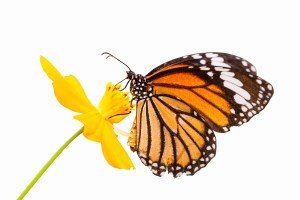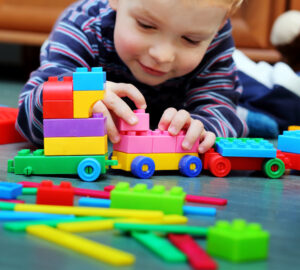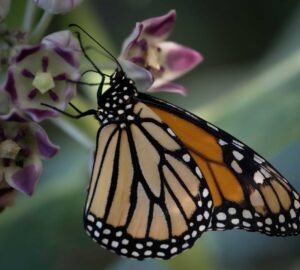 There’s nothing like watching butterflies grow in your own home. Here’s how:
There’s nothing like watching butterflies grow in your own home. Here’s how:
Select a Container
Select a container with good ventilation so the caterpillar droppings (called “frass”) can dry. Also, choose one with a top where the caterpillar can attach its chrysalis. In addition, you will want your container to be large enough for the butterfly to spread its wings to dry once it emerges.
Harvest Eggs
Monarchs lay their eggs on the underside of milkweed leaves. Look for a miniscule green bump on the undersurface. That’s the egg.
To best harvest the egg, remove the leaf from the plant, leaving the egg attached. If the milkweed isn’t growing in your yard, you may want to uproot the entire plant and transplant it in a pot indoors. Then you’ll have access to your caterpillar’s food source, which you’ll need once the egg hatches.
Care for Your Caterpillar
Place the leaf in your container. Within a few days it should hatch, revealing a tiny worm or larva. You may find holes in the leaf, signaling the larva’s presence.
Occasionally replace eaten or wilted leaves with fresh ones. You’ll also need to dump the caterpillar’s droppings.
Chrysalis Phase
After about two weeks your caterpillar will stop eating and attach himself to the lid of your container. When the inverted caterpillar takes on a “J” shape, he’s ready to spin his pupa or chrysalis. In a day or so, the caterpillar will be completely enveloped in the chrysalis.
Over the 10-day phase the green chrysalis will darken and then become clear. You’ll recognize the outline and markings of the butterfly’s wings inside.
Release
When the butterfly first emerges its wings will be wet, so it will hang from the container lid while they dry. Let it hang there for at least a few hours or overnight. When you are ready to release the butterfly, move the container outside, gently remove the lid with the butterfly still dangling, and hold it away from you.
Then watch as your butterfly takes flight and settles among the flowers in its new home.



